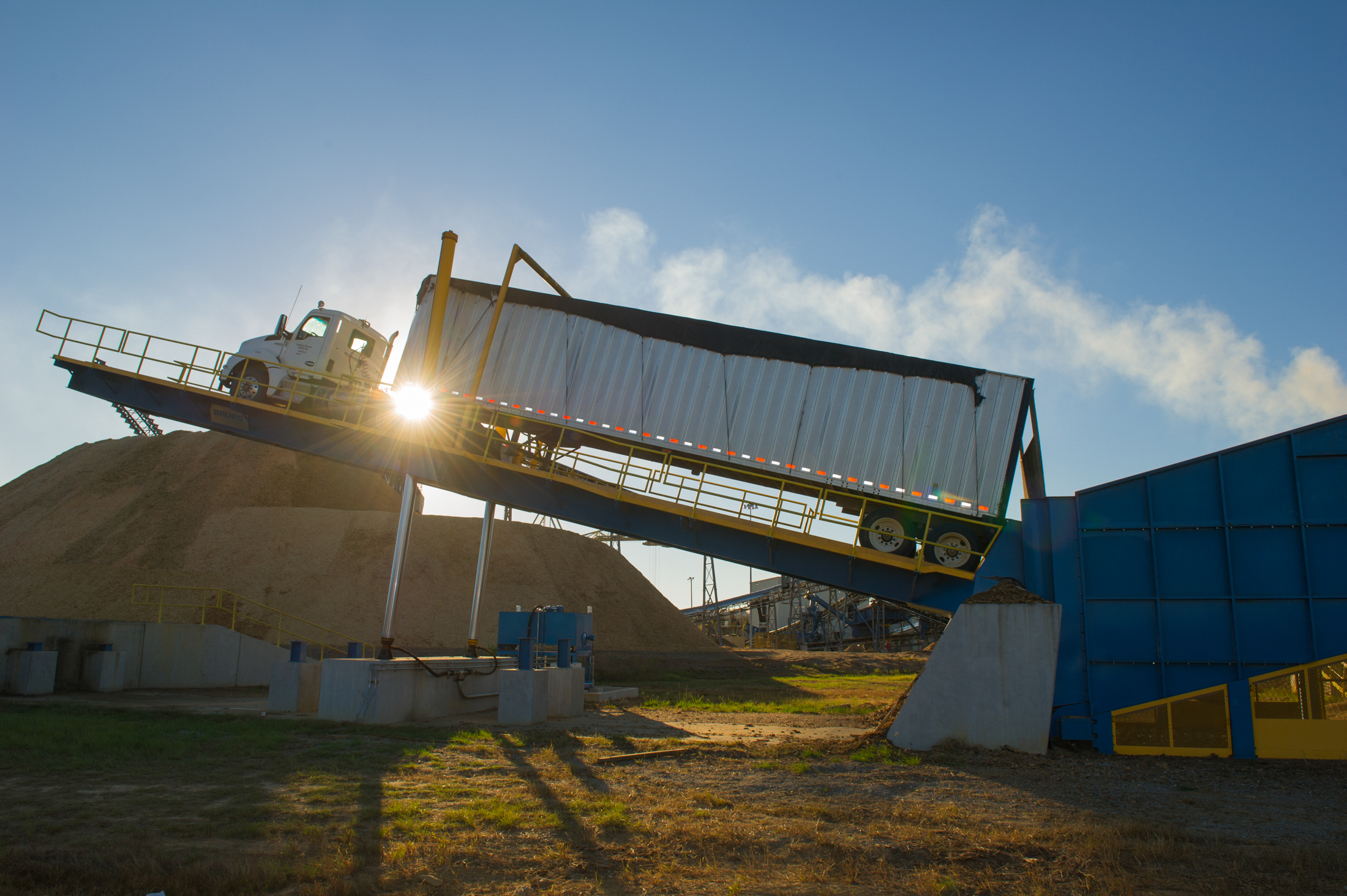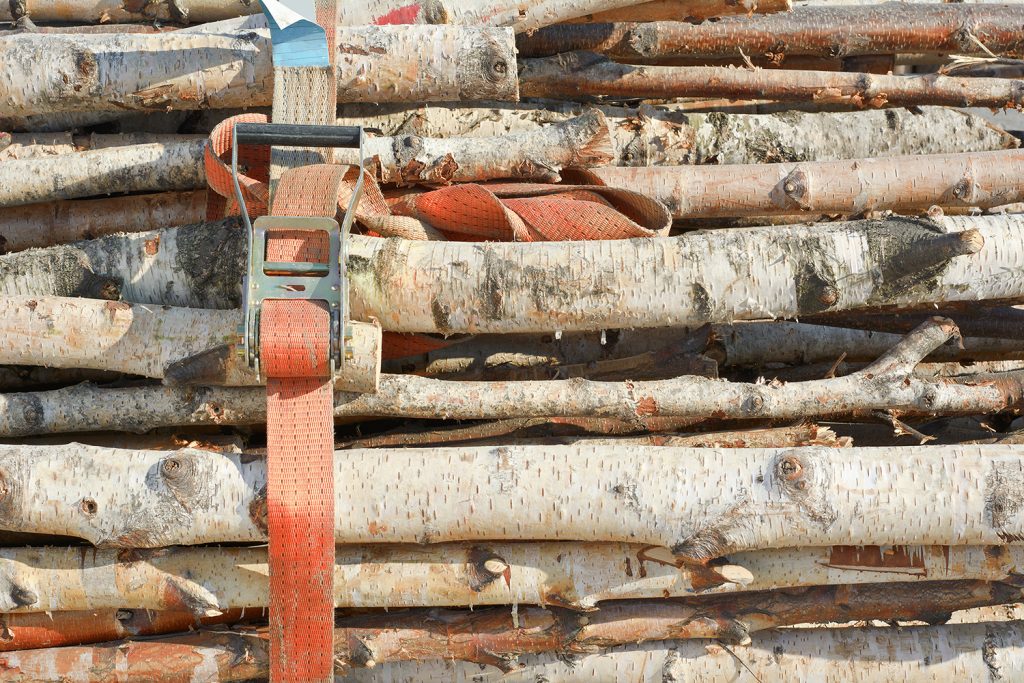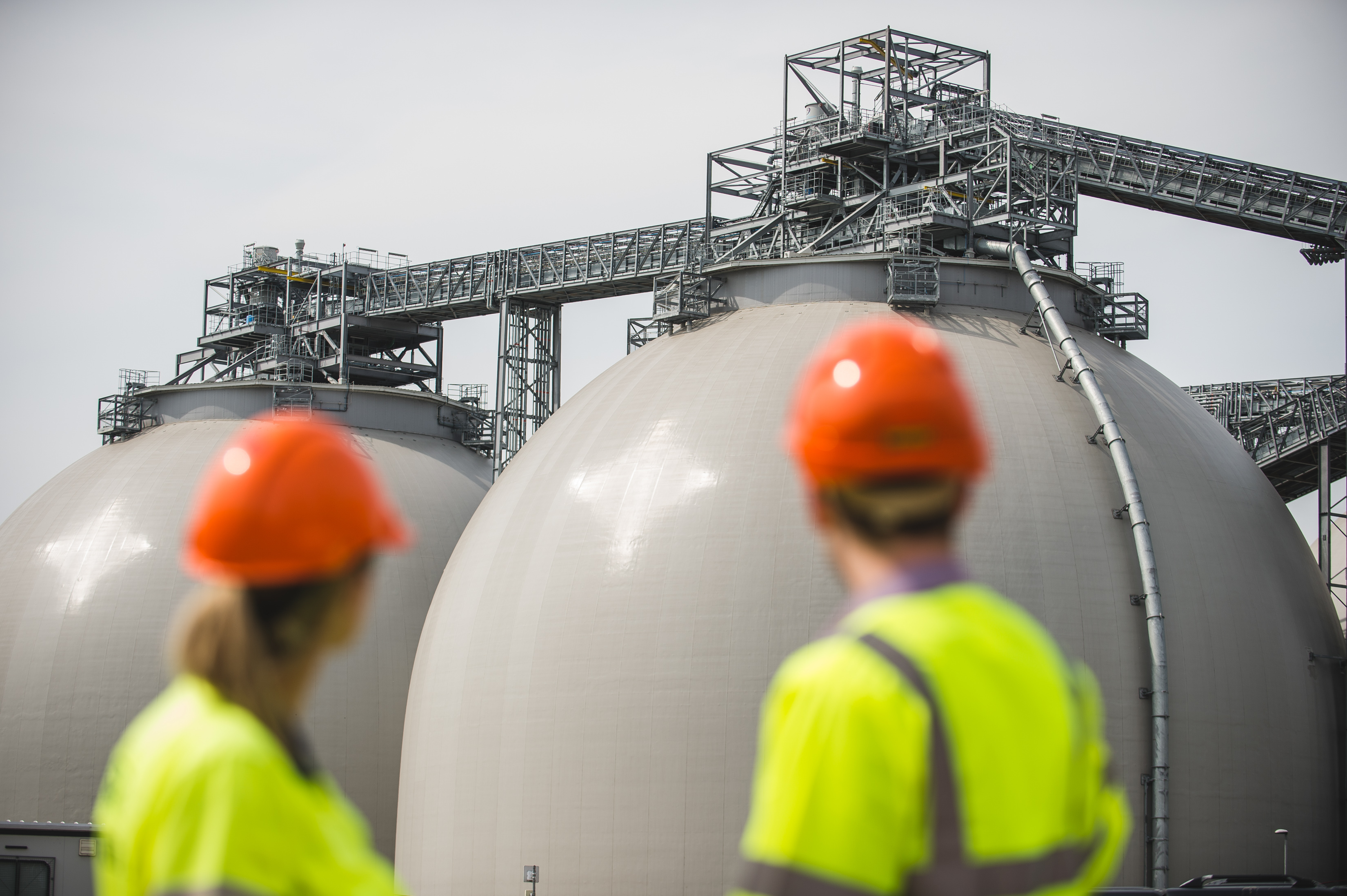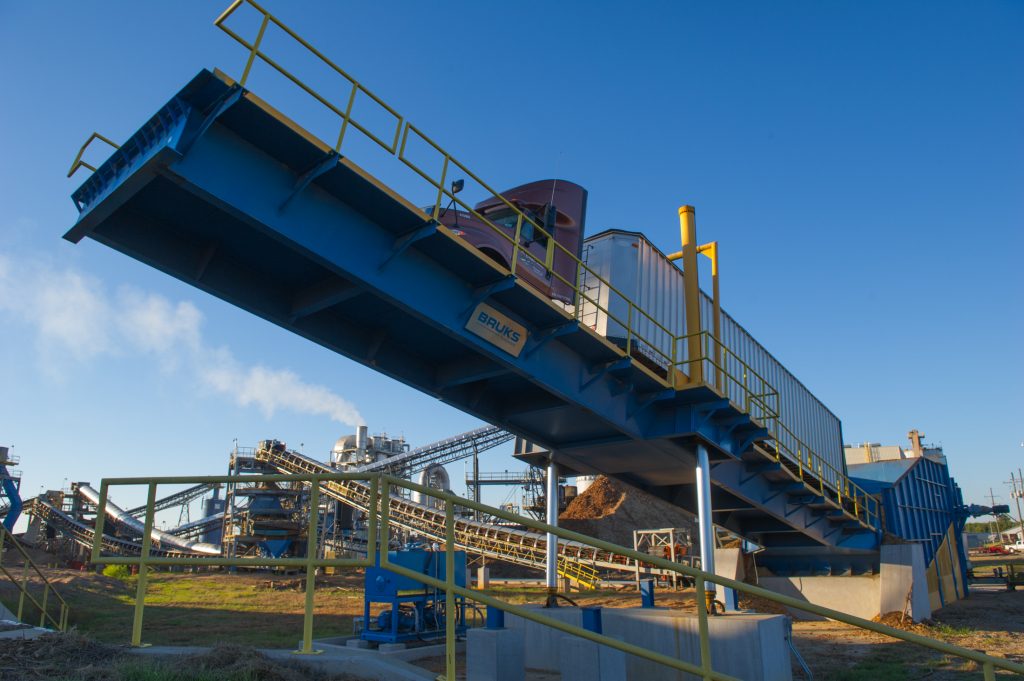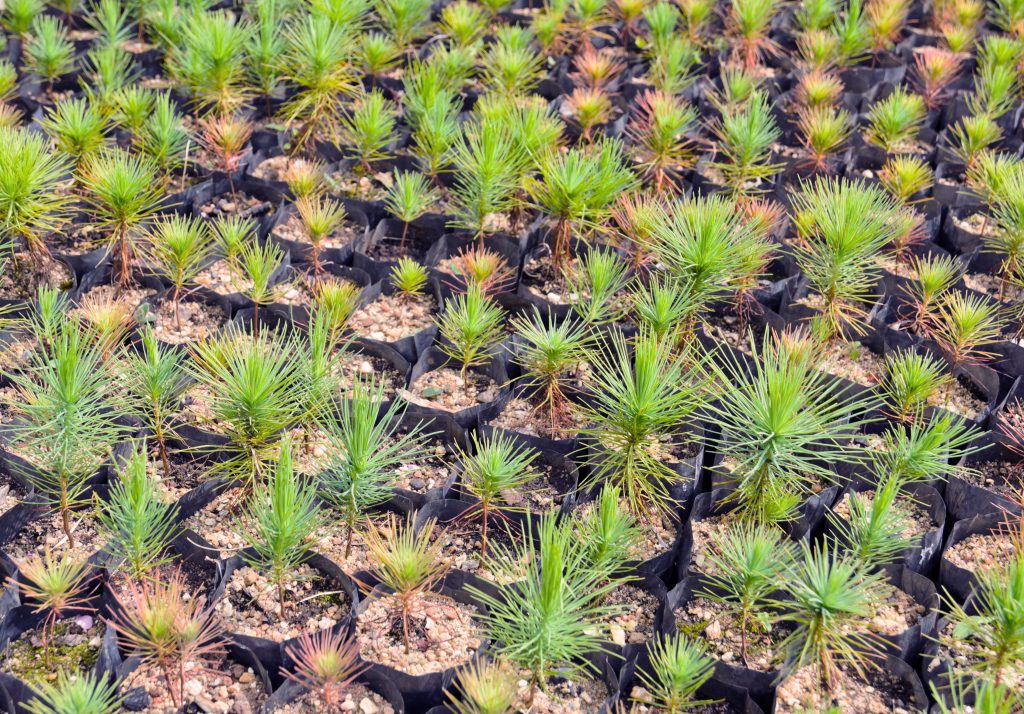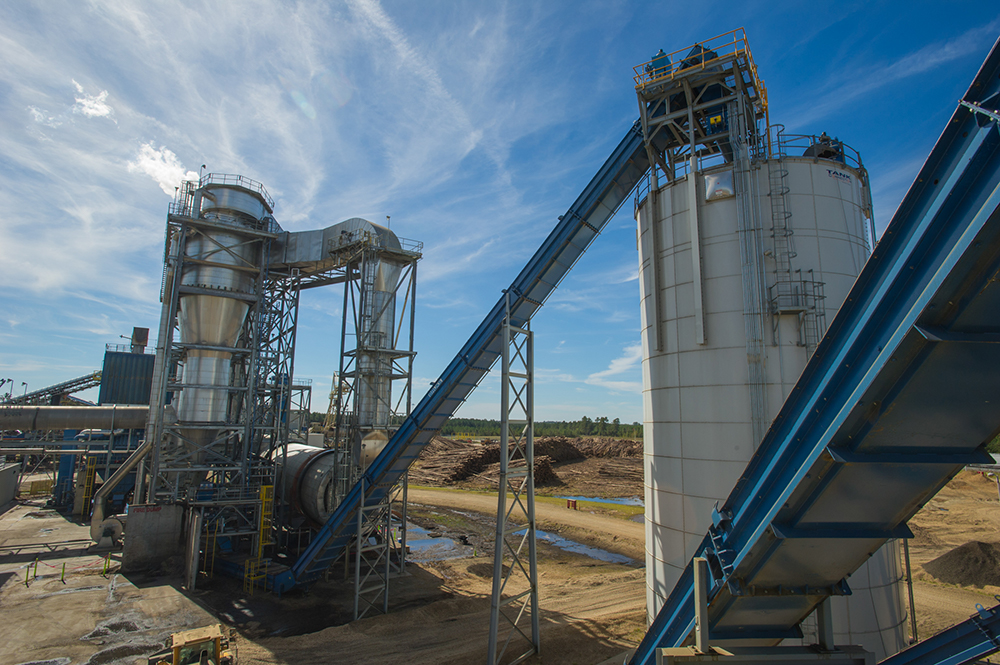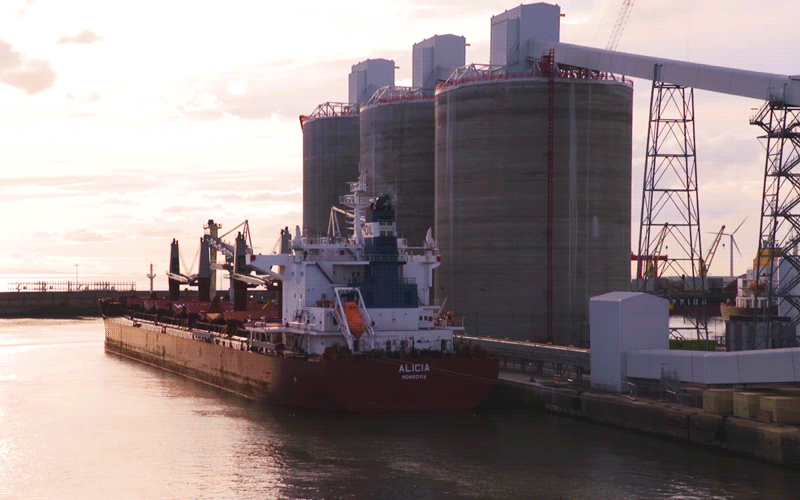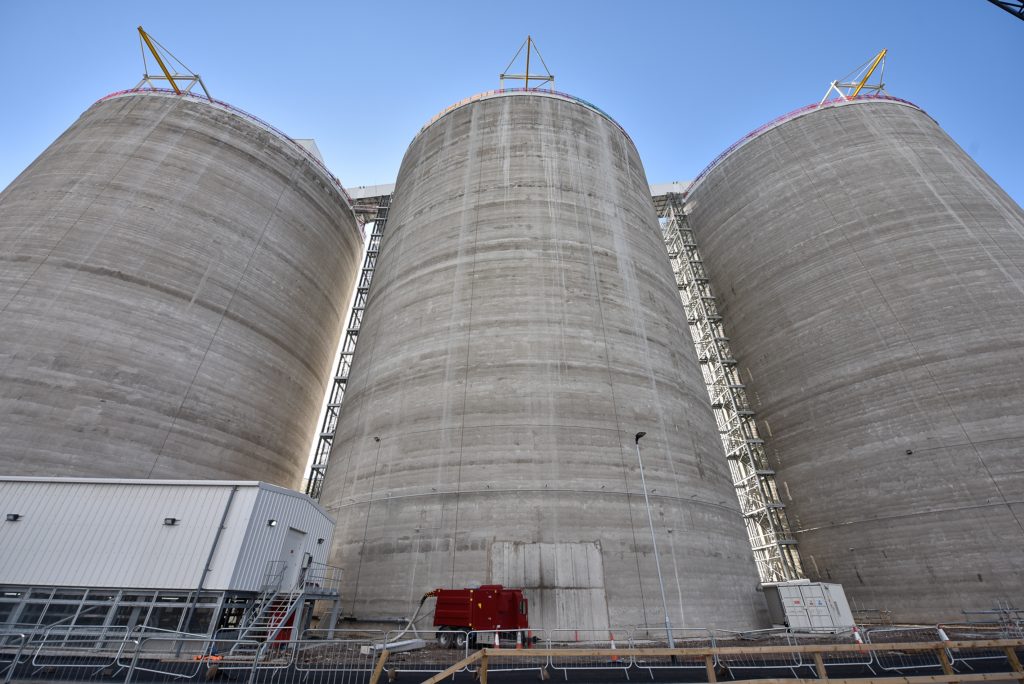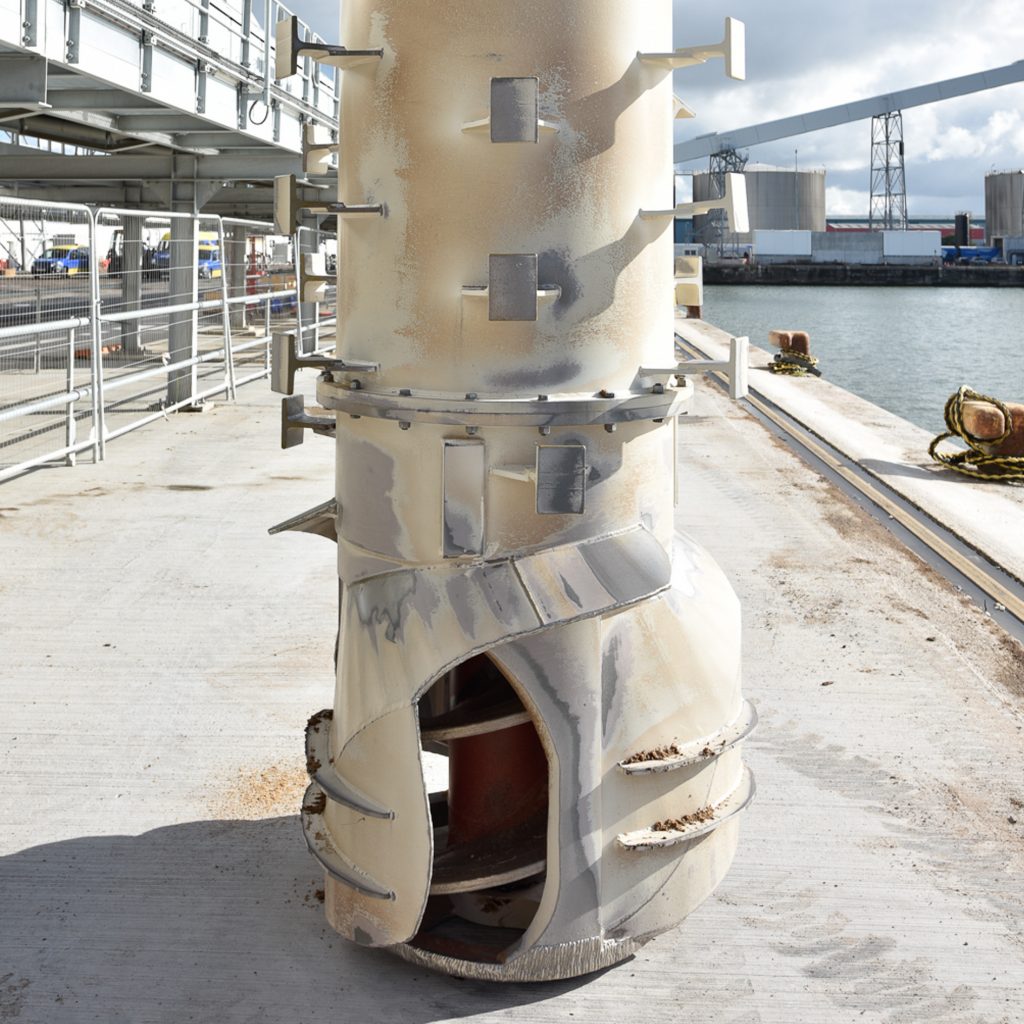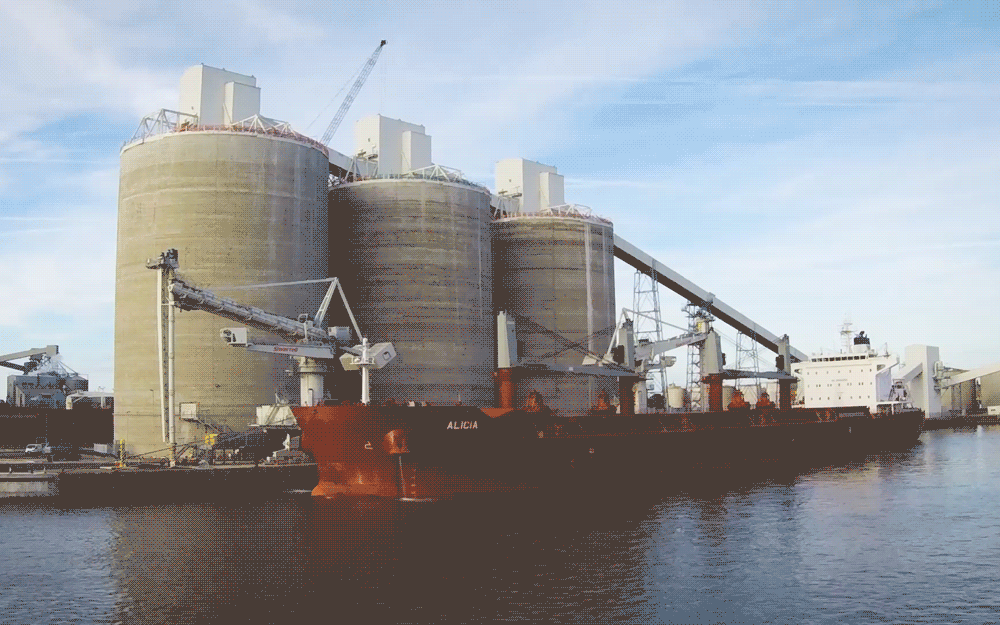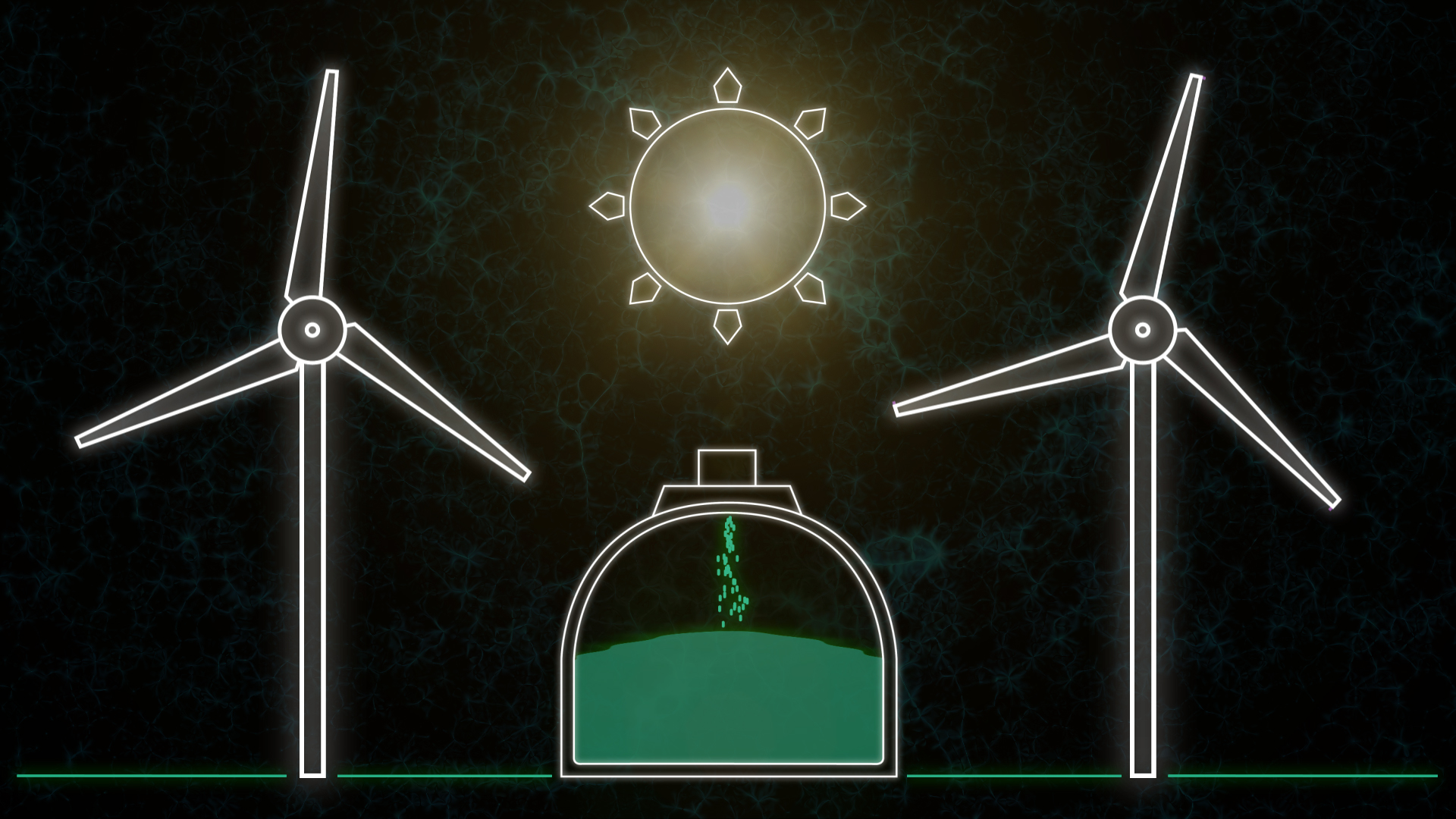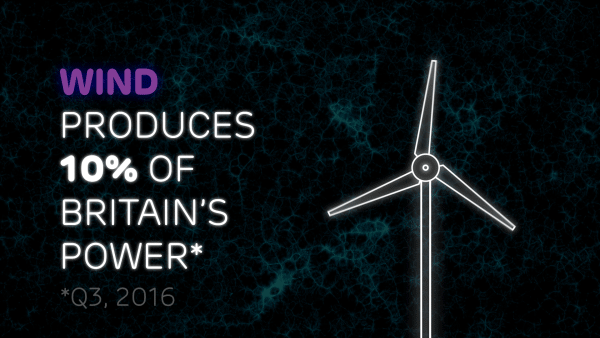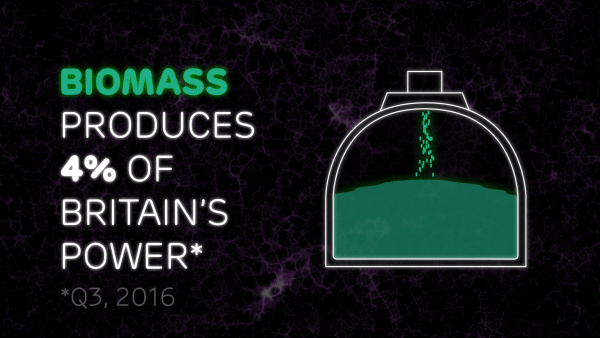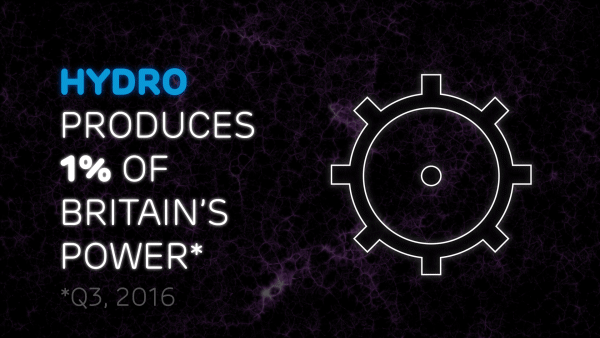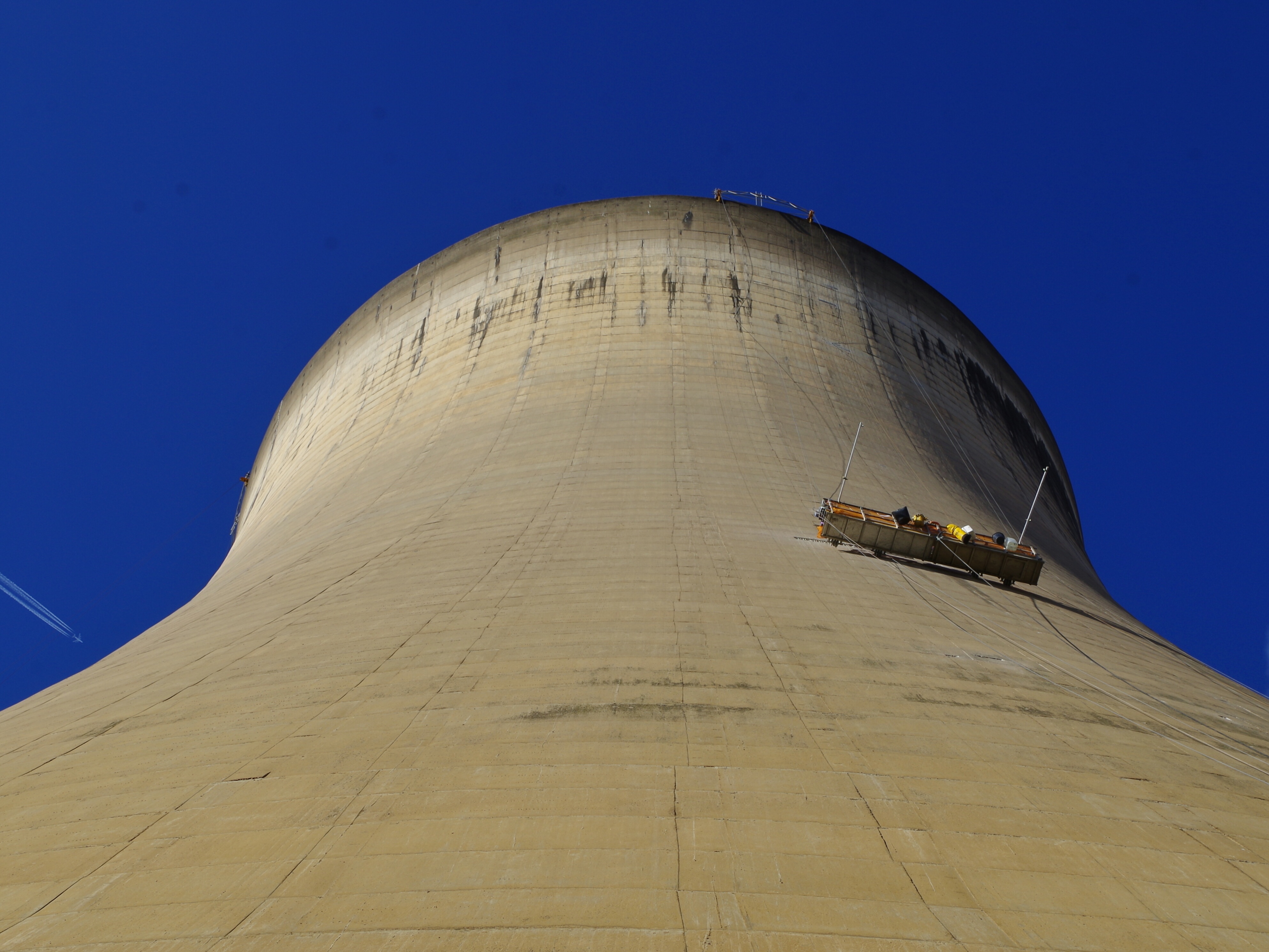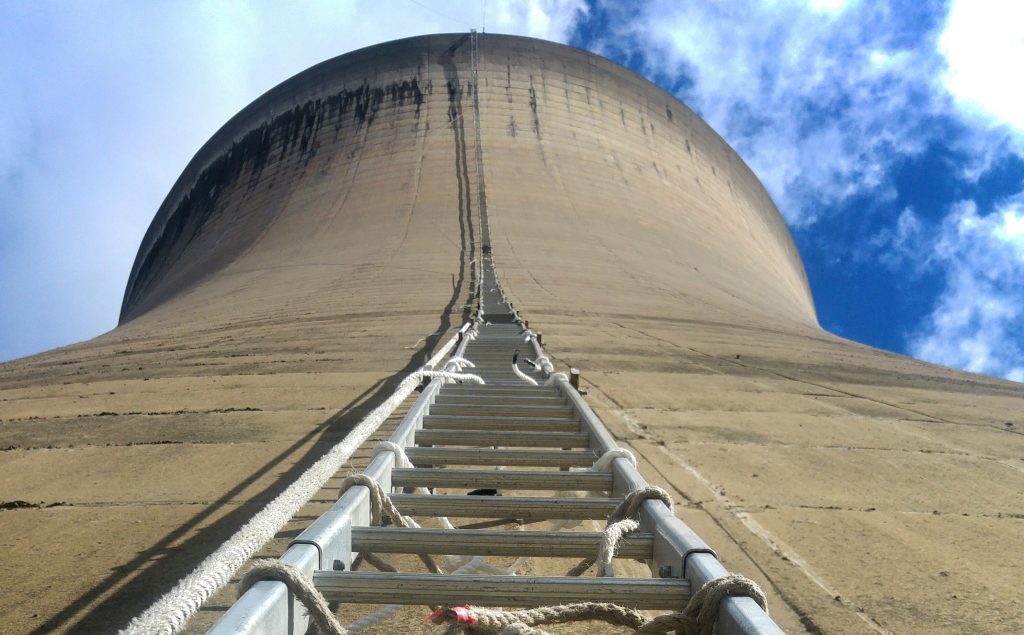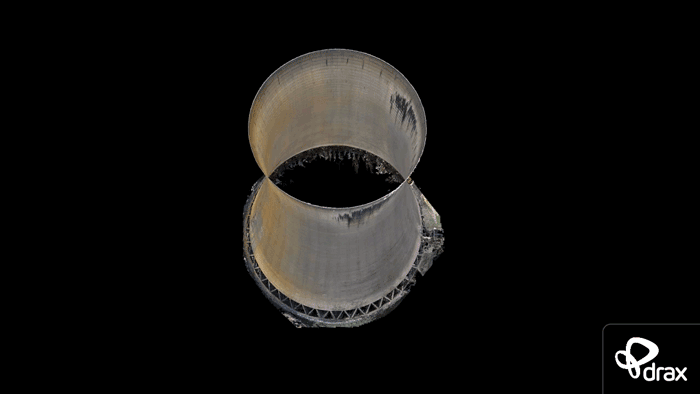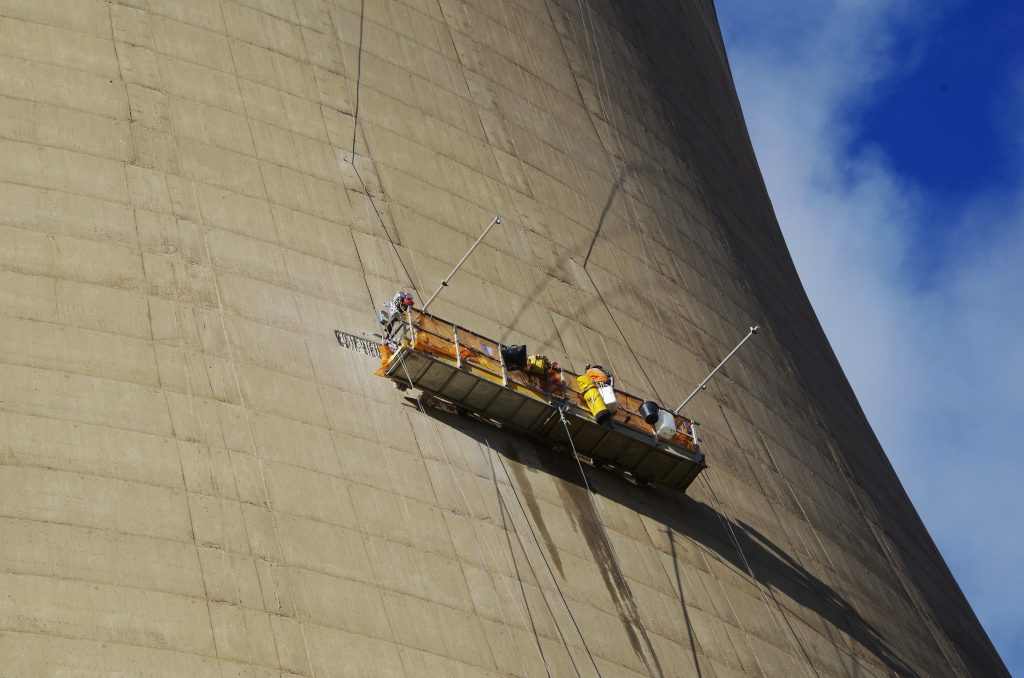
Bioenergy is the world’s largest renewable energy source, providing 10% of the world’s primary supply. But more than just being a plentiful energy source, it can and should be a sustainable one. And because of this, it’s also a focus for innovation.
Biomass currently powers 4.8% of Great Britain’s electricity through its use at Drax Power Station and smaller power plants, but this isn’t the only way bioenergy is being used. Around the world people are looking into how it can be used in new and exciting ways.
 Powering self-sufficient robots
Powering self-sufficient robots
What type of bioenergy?
Algae and microscopic animals
How’s it being used?
To power two aquatic robots with mouths, stomachs and an animal-type metabolism. Designed at the University of Bristol, the 30cm Row-Bot is modelled on the water boatman insect. The other, which is smaller, closer resembles a tadpole, and moves with the help of its tail.
Both are powered by microbial fuel cells – fuel cells that use the activity of bacteria to generate electricity – developed at the University of the West of England in Bristol. As they swim, the robots swallow water containing algae and microscopic animals, which is then used by their fuel cell ‘stomachs’ to generate electricity and recharge the robots’ batteries. Once recharged, they row or swim to a new location to look for another mouthful.
Is there a future?
It’s hoped that within five years the Row-Bot will be used to help clean up oil spills and pollutants such as harmful algal bloom. There are plans to reduce the tadpole bot to 0.1mm so that huge shoals of them can be dispatched to work together to tackle outbreaks of pollutants.
 Purifying water
Purifying water
What’s used?
Human waste
How’s it being used?
The Omni Processor, a low cost waste treatment plant funded by the Bill and Melinda Gates Foundation, does something incredible: it turns sewage into fresh water and electricity.
It does this by heating human waste to produce water vapour, which is then condensed to form water. This water is passed through a purification system, making it safe for human consumption. Best of all, it does this while powering itself.
The solid sludge left over by the evaporated sewage is siphoned off and burnt in a steam engine to produce enough electricity to process the next batch of waste.
Is there a future?
The first Omni Processor was manufactured by Janicki Bioenergy in 2013 and has been operating in Dakar, Senegal, since May 2015. A second processor, which doubles the capacity of the first, is currently operating in Sedro-Woolley, Washington, US and is expected to be shipped to West Africa during 2017.
Closer to home and Drax Power Station, a similar project is already underway. Northumbrian Water was the first in the UK to use its sludge to produce renewable power, but unlike the Omni Processor, it uses anaerobic digestion to capture the methane and carbon dioxide released by bacteria in sludge to drive its gas turbines and generate power. Any excess gas generated is delivered back to the grid, resulting in a total saving in the utility company’s carbon footprint of around 20% and also multi-millions of pounds of savings in operating costs.
 Flying across the Atlantic
Flying across the Atlantic
What’s used?
Tobacco
How’s it being used?
Most tobacco is grown with a few factors in mind – taste and nicotine content being the most important. But two of the 80 acres of tobacco grown at Briar View Farms in Callands, Virginia, US, are used to grow tobacco of a very different sort. This tobacco can power aeroplanes.
US biofuel company Tyton BioEnergy Systems is experimenting with varieties of tobacco dropped decades ago by traditional growers because of poor flavour or low nicotine content. The low-nicotine varieties need little maintenance, are inexpensive to grow and flourish where other crops would fail.
The company is turning this tobacco into sustainable biofuel and last year filed a patent for converting oil extracted from plant biomass into jet fuel.
Is there a future?
In the hope of creating a promising source of renewable fuel, scientists are pioneering selective breeding techniques and genetic engineering to increase tobacco’s sugar and seed oil content.
In 2013, the US Department of Energy gave a $4.8m grant to the Lawrence Berkeley National Laboratory, in partnership with UC Berkeley and the University of Kentucky, to research the potential of tobacco as a biofuel.

Powering repopulation of a disaster zone
What’s used?
Wood exposed to radiation by the Fukushima nuclear meltdowns
How’s it being used?
Last year it was announced that German energy company Entrade Energiesysteme AG, will set up biomass power generators in the Fukushima prefecture that will generate electricity using the lightly irradiated wood of the area.
It’s hoped they will help Japan’s attempts to repopulate the region following the 2011 earthquake, tsunami and nuclear accident. Entrade says its plants can reduce the mass of lightly irradiated wood waste by 99.5%, which could help Japanese authorities reduce the amount of contaminated material while at the same time generating sustainable energy.
Is there a future?
The prefecture aims to generate all its power from renewable energy by 2040 through a mix of bioenergy and solar power.








